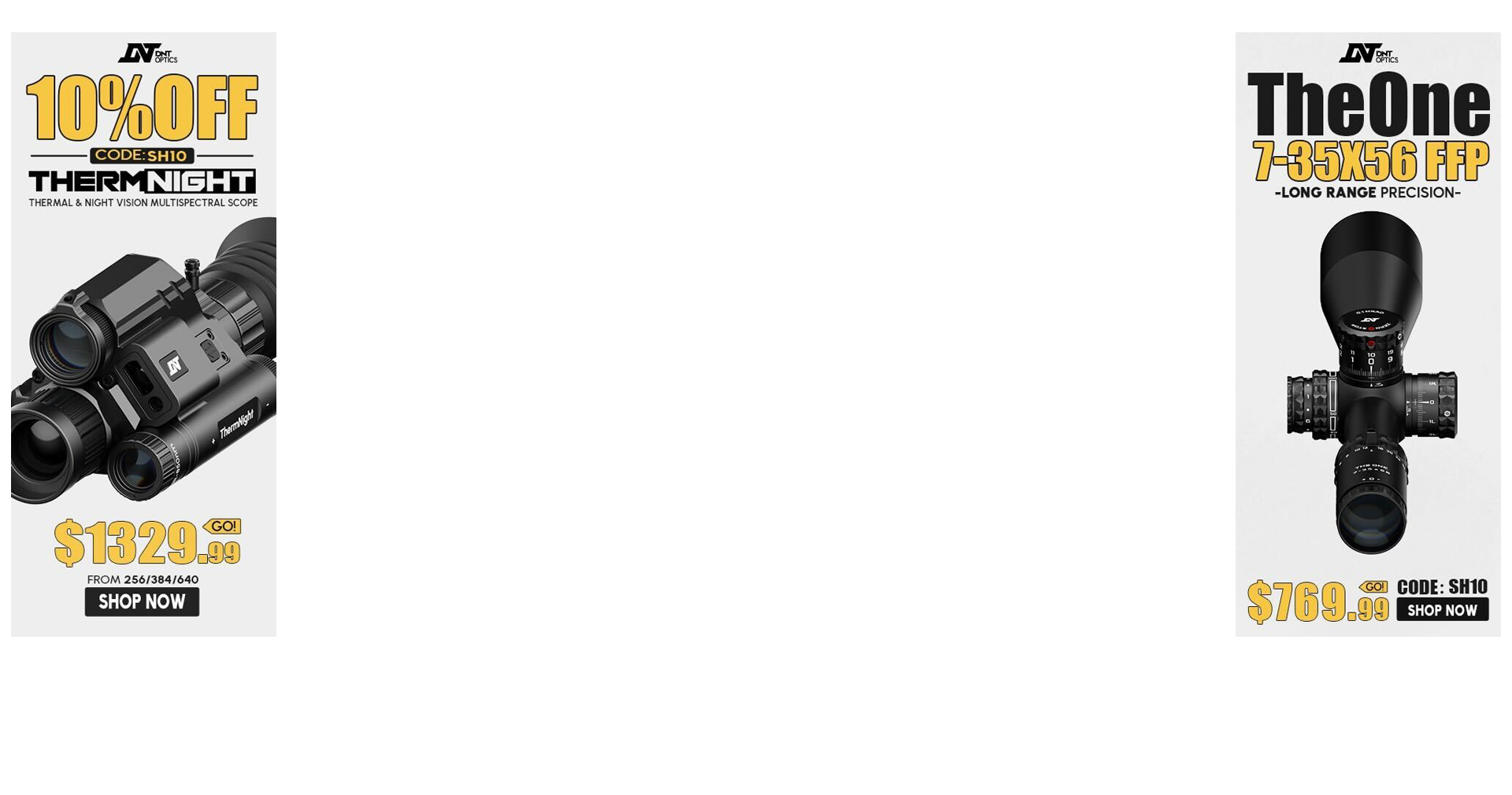I was asked several times in the past if Borka multi torque driver can be used to generate 62 and 68 inch-lbs. of torque, recommended for certain firearms fasteners. While officially MG driver does not have these particular settings, here is a simple trick, which allows to apply both 62 and 68 inch-lbs. of torque. Strictly speaking, by calculation it would be 61.2 and 67.8 inch-lbs., which is real close to 62 and 68 for any practical purposes.
Please look at the pictures below:

For SH members familiar with operation of Borka tool, these two pictures should be sufficient to figure out what to do. But in brief, in order to get 62 inch-lbs., set up the driver to 65 inch-lbs. and apply tightening force not to the middle of the handle finger groove, as typically required to generate 65 inch-lbs., but to the edge of the finger groove, as shown.
For 68 inch-lbs., just set up the driver to 72 inch-lbs., and do the same thing.
Please be advised that this approximate 6% reduction is only applicable to 65 and 72 inch-lbs. marked hex holes. Reduction of the torque output will not be of the same percentage for other hex holes, which are closer to the driver handle, due to relatively complex relationsip between the change in handle "break force" and the change in "active lever" distance.
Just wanted to share this trick with Borka torque driver owners, who may find it useful...
Boris
Please look at the pictures below:

For SH members familiar with operation of Borka tool, these two pictures should be sufficient to figure out what to do. But in brief, in order to get 62 inch-lbs., set up the driver to 65 inch-lbs. and apply tightening force not to the middle of the handle finger groove, as typically required to generate 65 inch-lbs., but to the edge of the finger groove, as shown.
For 68 inch-lbs., just set up the driver to 72 inch-lbs., and do the same thing.
Please be advised that this approximate 6% reduction is only applicable to 65 and 72 inch-lbs. marked hex holes. Reduction of the torque output will not be of the same percentage for other hex holes, which are closer to the driver handle, due to relatively complex relationsip between the change in handle "break force" and the change in "active lever" distance.
Just wanted to share this trick with Borka torque driver owners, who may find it useful...
Boris


